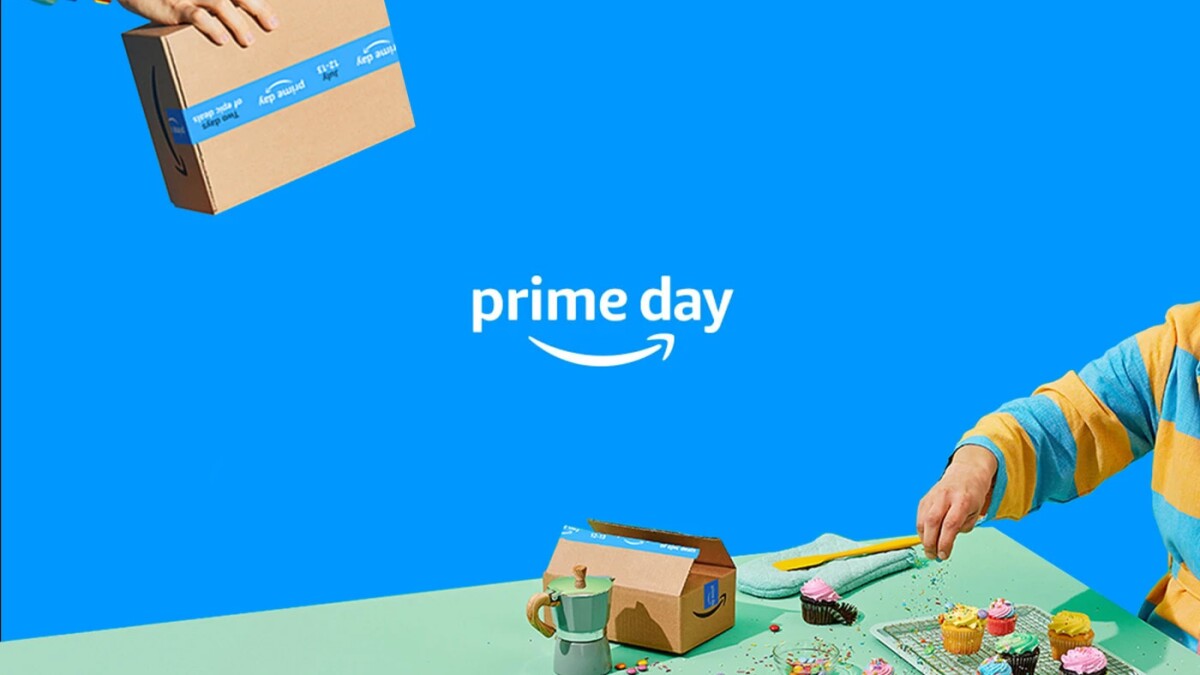Most sellers think preparing for Amazon Prime Day means running a few ads and dropping prices the week before. But that last-minute approach often leads to wasted spend, stockouts, and missed sales opportunities.
The reality?
Prime Day isn’t just a 48-hour sale, it’s a high-stakes season that demands weeks of strategic planning. From submitting deals and optimizing listings to setting smart bids and managing inventory, every detail matters.
In 2024, with Amazon Australia extending Prime Day to six full days and rolling out new events like Big Deal Days and Spring Sales, the stakes and opportunities are even higher. If you want to stand out, convert more shoppers, and keep the momentum going long after Prime Day ends, early and well-structured prep is the key.
In this guide, we’ll show you how to approach Prime Day like a pro, avoid costly missteps, and build a plan that helps your brand win big before, during, and after the event.
What is Prime Day?
Amazon Prime Day is one of the biggest online shopping events of the year, created exclusively for Prime members. Originally launched in 2015, it offers deep discounts across nearly every category making it a massive sales opportunity for sellers. But in 2024, Prime Day evolved.
While the global event officially ran from July 16–17, Amazon Australia extended it to six days, from July 16 to 21, giving sellers a wider window to drive traffic and maximize conversions. More time on-site means more chances to test pricing, ramp up ads, and push inventory.
Even more importantly, Amazon has introduced multiple shopping events throughout the year:
- Prime Big Deal Days in October
- Big Spring Sale in March
These additions mean sellers no longer have to rely on just one major spike each year. Now, there are several chances to boost visibility, clear stock, and grow profits if you plan. So while Prime Day is still a core event, smart Amazon sellers now treat it as part of a bigger, year-round strategy.
Why does Prime Day matter for sellers?
Amazon Prime Day is more than just a sales event; it’s a major opportunity for sellers to boost visibility, drive high-volume sales, and reach new customers. With millions of buyers actively looking for deals, your products can get more exposure in a short time.
For sellers, Prime Day can lead to a sharp spike in sales, but the benefits don’t stop there. If your products perform well during the event, they may rank higher in Amazon search results even after Prime Day ends. This “halo effect” can lead to ongoing sales and better organic visibility.
It’s also a great chance to test new ad strategies, clear out inventory, or introduce a new product to a larger audience. Whether you’re a small brand or an established seller, preparing early and running strong campaigns can make a big difference. Simply put, Prime Day is your moment to stand out and grow faster.
Right time to start preparing for Amazon Prime Day
The best time to start preparing for Amazon Prime Day is 6–8 weeks before the event. Waiting until the last minute can mean missed opportunities, stock delays, and underperforming ads.
Here’s why early planning matters:
- 8 weeks before, start by reviewing last year’s performance (if applicable), choosing which products to promote, and placing inventory orders. If you’re using FBA, allow enough time for stock to reach Amazon’s warehouses without delays.
- 6 weeks before, focus on listing optimization on Amazon. Update your titles, images, bullet points, and A+ Content to increase conversion rates. This is also the time to submit Lightning Deals, coupons, or other promotional offers deadlines usually close early.
- 4 weeks before, build your PPC strategy. Start running warm-up campaigns to improve keyword ranking and ad visibility before the event.
- 2 weeks out, ramp up ad budgets, finalize your pricing, and test creatives for Sponsored Brands or Display Ads.
Prime Day is not just a 48-hour event, it’s a sales season. Sellers who prepare early are more likely to stand out, sell more, and turn Prime Day into long-term growth.
Important deadlines Amazon sellers need to know
| Date | Deadline |
| March 18, 2025 | Deal scheduling opens for Prime-Exclusive Best Deals and Lightning Deals. |
| May 5, 2025 | Submissions are open for Prime-Exclusive Price Discounts. |
| May 23, 2025 | Final day to submit Best Deals and Lightning Deals. |
| June 9, 2025 | FBA inventory is due for shipments with the “minimal shipment splits” option. |
| June 18, 2025 | FBA inventory is due for shipments with the “Amazon-optimized shipment splits” option. |
How registered brands can get ready for Prime Day
1. Plan your ad budget and stock for Prime Day traffic
During big sales events like Prime Day, your ads are likely to get more clicks meaning your daily ad budget can run out faster than usual. Once your budget is spent, your ads stop running until midnight. To avoid missing sales, increase your campaign budget ahead of time.
Using Amazon’s budget rules, you can schedule automatic increases for specific dates like Prime Day. Just set the percentage and date range, and your campaigns will stay active when traffic spikes. Also, review your inventory to make sure you have enough stock to handle the higher demand without selling out. Amazon FBA consulting can guide you in planning for Amazon Prime Day by helping you manage inventory, pricing, and advertising more effectively.
2. Attract more shoppers with coupons and limited-time deals
Coupons are a great way to boost visibility during Prime Day. When applied, a green badge appears in search results, making your product stand out. For best results, offer more than a 5% discount, schedule it during Prime Day, and target Prime members.
Set it up under Advertising > Coupons in Seller Central. You can also run a Best Deal or Lightning Deal to create urgency and drive faster sales. These appear on the Amazon Deals page and work well for top-selling items. Both options help attract more shoppers and increase your chances of converting during Prime Day.
3. Set smart bids to stay ahead during Prime Day
To stay competitive during Prime Day, increase your bids to the highest amount you’re comfortable paying per click. You can always lower them later if needed.
Sponsored Products use a cost-per-click (CPC) model. With dynamic bidding, Amazon automatically raises your bids for clicks that are more likely to convert and lower them for less likely ones. This helps make sure your budget goes toward clicks that lead to sales.
It’s a simple way to get the most out of your ad spend while keeping your campaigns efficient during one of the busiest shopping events of the year.
4. Promote your listings outside Amazon
Want to boost your Prime Day sales and save on fees? Try promoting your Amazon listings through off-Amazon channels like social media, Google ads, emails, and blogs.
When you use Amazon Attribution tags as part of your external campaigns, you can qualify for the Brand Referral Bonus. This bonus gives you credits of about 10% of qualifying sales to reduce your future Amazon referral fees.
It doesn’t apply to Amazon PPC, but it’s a smart way to drive more traffic and get rewarded for your off-Amazon marketing efforts. Just make sure you’re enrolled and using the proper tracking links.
5. Don’t wait—give yourself time for content approval
When preparing for Prime Day, make sure you leave enough time to get your content approved. Content like A+ Content and Amazon Storefronts must go through Amazon’s moderation process, which can take up to a week. If your content gets rejected, you’ll need extra time to make edits and resubmit so don’t leave it to the last minute.
To avoid delays or missed opportunities, submit your content early. A+ Content, which includes images, text, and brand elements, can boost sales by up to 20% but only if it’s live and approved in time.
Final thoughts
Preparing for Amazon Prime Day isn’t just about quick discounts or last-minute ads, it’s about strategy, timing, and execution. With Amazon Australia extending Prime Day and adding new seasonal events, sellers have more chances than ever to drive results but only if they plan.
From optimizing listings and ads to managing budgets, stock, and deal approvals, every detail plays a role in your success. If you’re unsure where to start or want to avoid costly mistakes, working with experienced Amazon consultants can help. They’ll guide you through each step from campaign setup to storefront readiness so you can focus on growth while they help you get it right.



